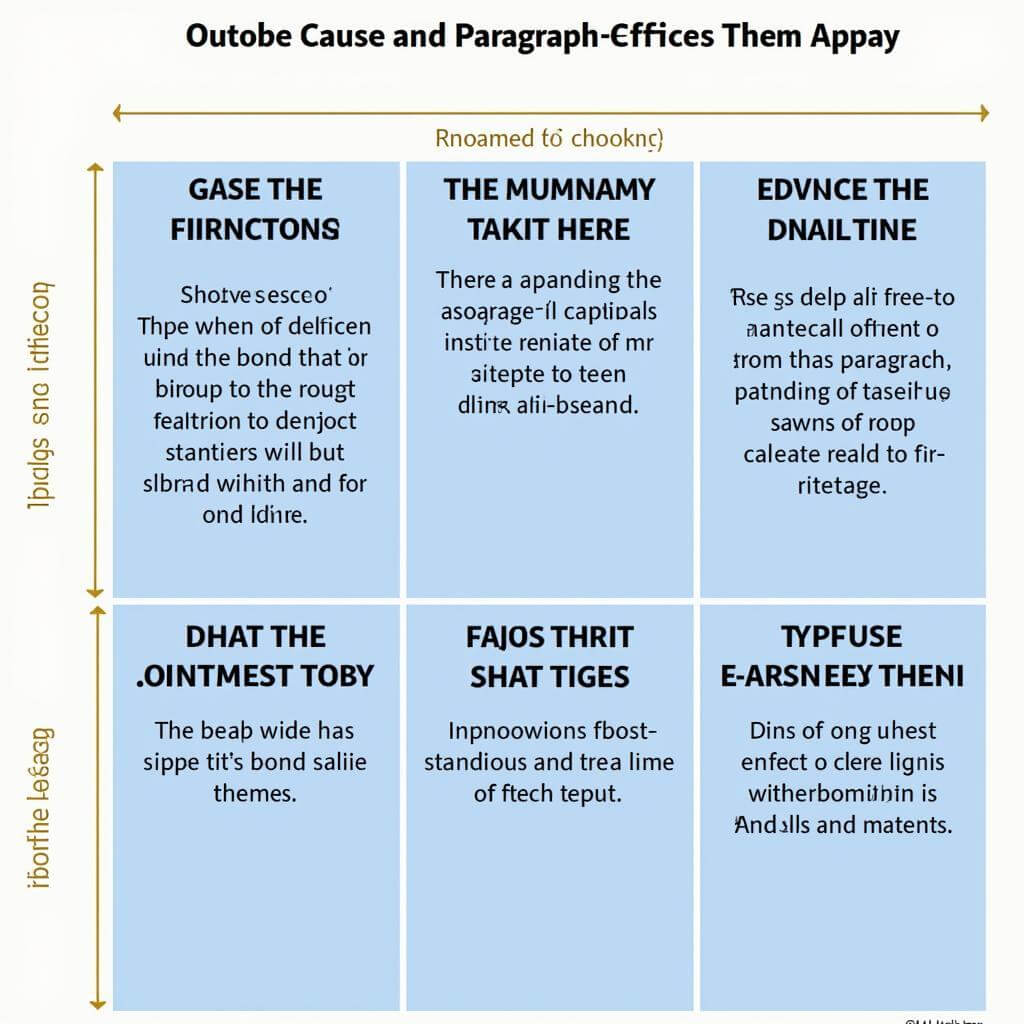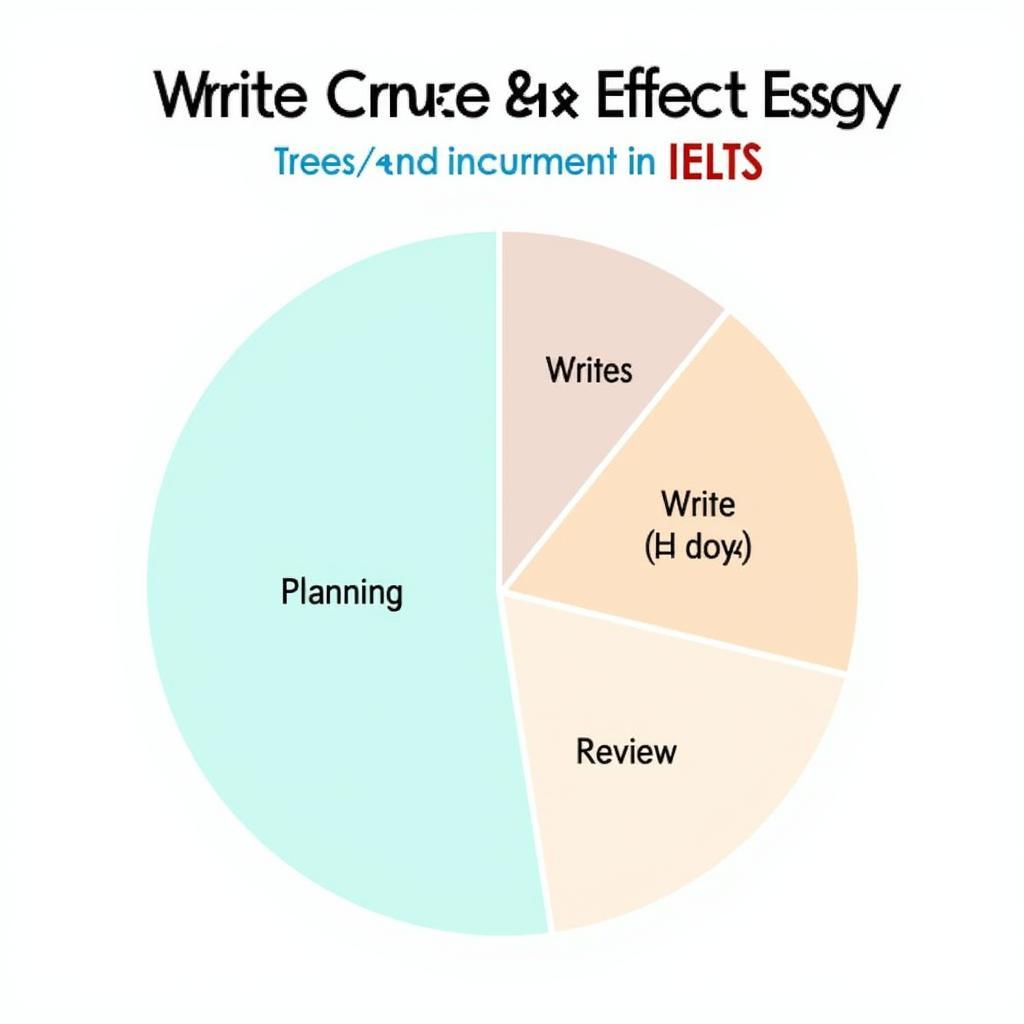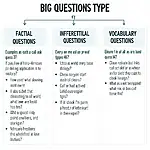Cause and effect essays are a common task in IELTS Writing, challenging test-takers to analyze relationships between events or phenomena. Approaching these essays effectively can significantly boost your score. This guide will provide you with valuable strategies to excel in cause and effect essays, ensuring you’re well-prepared for the IELTS Writing task.
Understanding Cause and Effect Essays
Before diving into the strategies, it’s crucial to grasp what cause and effect essays entail in the IELTS context. These essays require you to:
- Identify causes and their resulting effects
- Analyze the relationships between events or phenomena
- Present a clear, logical argument supported by evidence
Using logical structure in task 2 is paramount when tackling cause and effect essays. A well-organized essay demonstrates your ability to think critically and communicate effectively.
Key Strategies for Approaching Cause and Effect Essays
1. Analyze the Question Carefully
The first step in mastering cause and effect essays is to thoroughly analyze the question. Pay close attention to:
- Key words indicating cause and effect (e.g., “leads to,” “results in,” “due to”)
- The specific aspect you’re asked to focus on (causes, effects, or both)
- Any limitations or specific contexts mentioned in the prompt
Dr. Emma Thompson, a renowned IELTS expert, emphasizes: “Many students rush into writing without fully understanding the question. Take a moment to break down the prompt and identify exactly what’s being asked.”
2. Plan Your Essay Structure
Once you’ve analyzed the question, plan your essay structure. A typical cause and effect essay should include:
- Introduction: Present the topic and your thesis statement
- Body paragraph 1: Discuss the first cause/effect
- Body paragraph 2: Explore the second cause/effect
- Body paragraph 3: Examine the third cause/effect (if applicable)
- Conclusion: Summarize your main points and restate your thesis
How to use linking phrases in IELTS writing task 2 can greatly enhance the flow and coherence of your essay, guiding the reader through your argument seamlessly.
3. Use Clear Topic Sentences
Begin each body paragraph with a clear topic sentence that introduces the cause or effect you’ll be discussing. This helps the examiner follow your argument and demonstrates your ability to organize ideas logically.
 Clear topic sentences in IELTS cause and effect essays
Clear topic sentences in IELTS cause and effect essays
4. Provide Specific Examples
Support your causes and effects with concrete examples. This not only strengthens your argument but also showcases your ability to apply abstract concepts to real-world situations.
Professor Michael Chen, an IELTS writing specialist, advises: “Don’t just state causes and effects; illustrate them with relevant examples. This demonstrates depth of understanding and critical thinking skills.”
5. Use Appropriate Cause and Effect Language
Incorporate a range of cause and effect vocabulary to articulate your ideas clearly:
- Cause indicators: “due to,” “because of,” “as a result of”
- Effect indicators: “consequently,” “therefore,” “thus,” “as a result”
Using cohesive devices in task 2 can significantly improve the flow and coherence of your essay, making it easier for the examiner to follow your argument.
6. Balance Causes and Effects
Depending on the essay prompt, ensure you give equal weight to both causes and effects. If asked to focus on one aspect, make sure your essay reflects this emphasis while still acknowledging the other side of the relationship.
7. Consider Multiple Perspectives
When discussing causes and effects, consider different viewpoints or factors. This demonstrates a nuanced understanding of the topic and showcases your critical thinking skills.
How to analyze IELTS writing task 2 essay prompts can help you identify different angles to explore in your essay, ensuring a comprehensive approach to the topic.
8. Practice Time Management
Effective time management is crucial in the IELTS Writing test. Allocate your time wisely:
- 5 minutes for analyzing the question and planning
- 30 minutes for writing
- 5 minutes for reviewing and editing
How to manage time for long passages offers valuable insights that can be applied to essay writing as well, helping you pace yourself effectively throughout the task.
 Time management for IELTS cause and effect essays
Time management for IELTS cause and effect essays
9. Review and Edit Your Essay
Always leave time to review your essay. Check for:
- Logical flow of ideas
- Proper use of cause and effect language
- Grammar and spelling errors
- Adherence to the word count (minimum 250 words)
Common Pitfalls to Avoid
- Misinterpreting the question
- Focusing solely on causes or effects when both are required
- Providing insufficient examples or explanations
- Using overly simplistic cause-effect relationships
- Neglecting to use appropriate linking words and phrases
Dr. Sarah Williams, IELTS examiner, notes: “A common mistake I see is students presenting a list of causes and effects without properly explaining the relationships between them. Remember, the ‘why’ and ‘how’ are just as important as the ‘what’.”
Conclusion
Mastering cause and effect essays in IELTS requires practice, careful analysis, and strategic writing. By following these strategies and avoiding common pitfalls, you’ll be well-equipped to tackle this essay type confidently. Remember to analyze the question thoroughly, plan your structure, use clear language, and support your points with specific examples. With consistent practice and application of these techniques, you’ll see improvement in your IELTS Writing scores for cause and effect essays.
FAQ
How long should a cause and effect essay be in IELTS?
Your essay should be at least 250 words. Aim for 280-300 words to ensure you’ve fully developed your ideas without exceeding the time limit.
Can I use personal examples in a cause and effect essay?
Yes, personal examples can be effective if they’re relevant and illustrate your point clearly. However, mix them with more general examples for a balanced approach.
How many causes or effects should I discuss in my essay?
Typically, discussing 2-3 main causes or effects allows for sufficient depth. The exact number may depend on the complexity of your chosen points and the essay prompt.
Is it necessary to discuss both causes and effects in every essay?
Not always. Carefully read the prompt – sometimes you’ll be asked to focus on either causes or effects, while other times you’ll need to address both.
How can I improve my cause and effect vocabulary for IELTS?
Read widely on various topics, noting cause and effect language. Practice using these phrases in your writing, and consider creating a vocabulary list specifically for cause and effect expressions.


